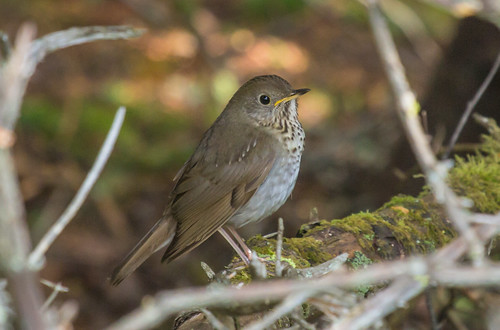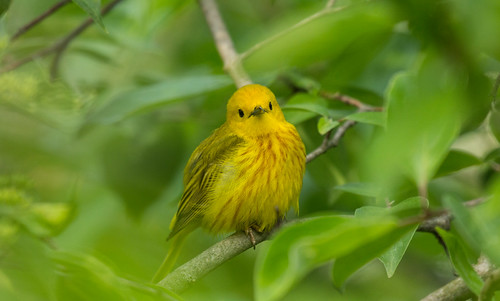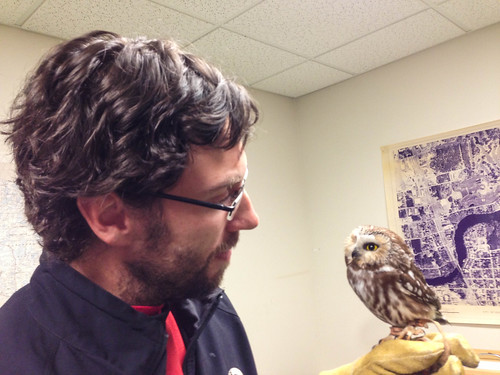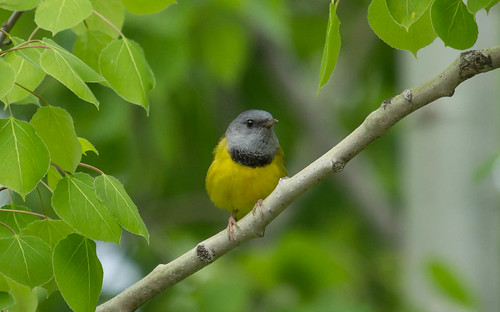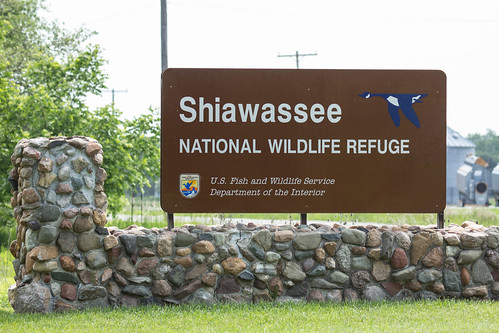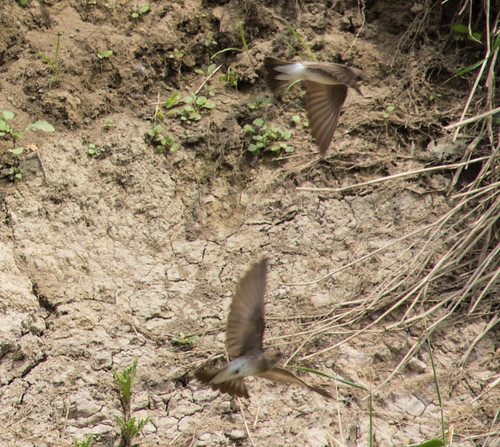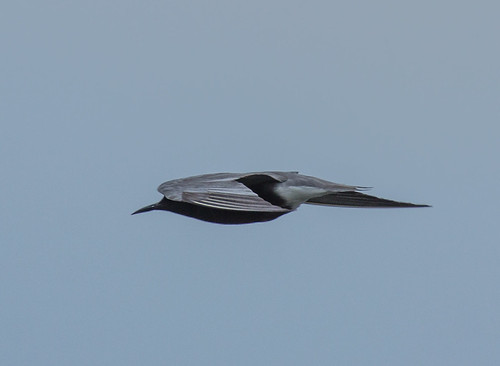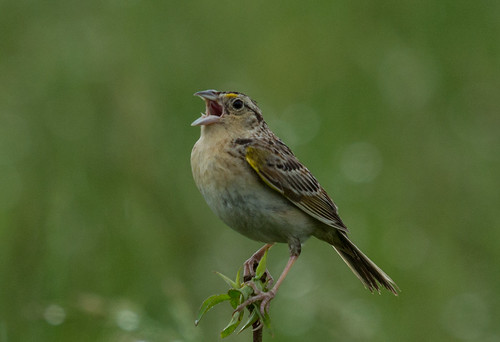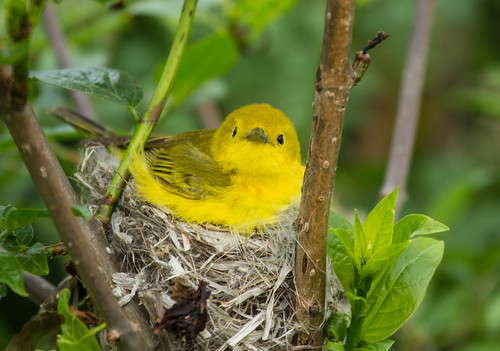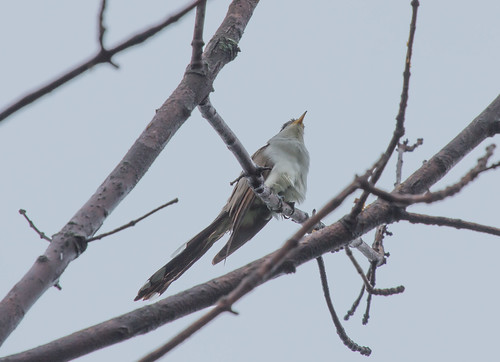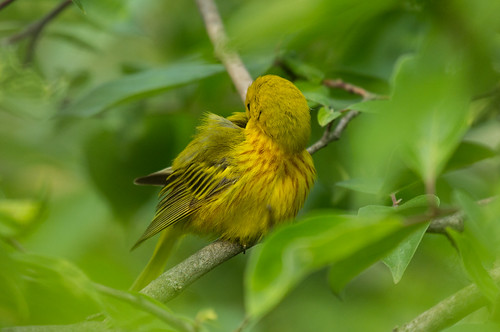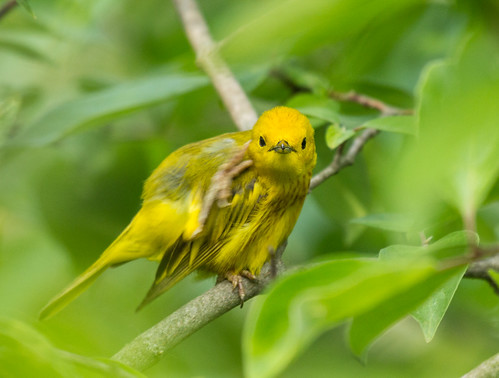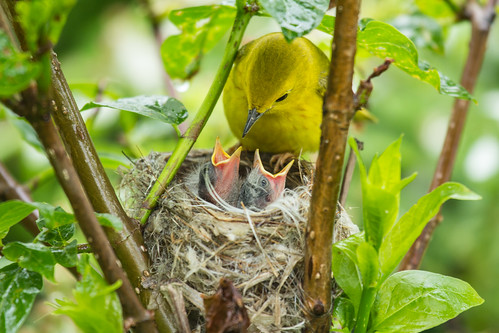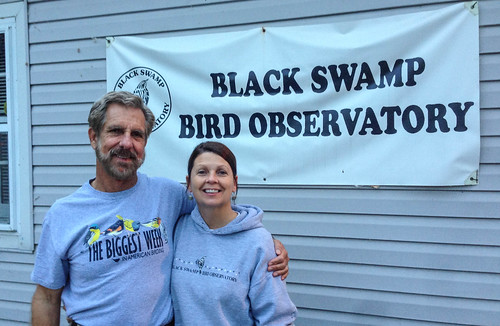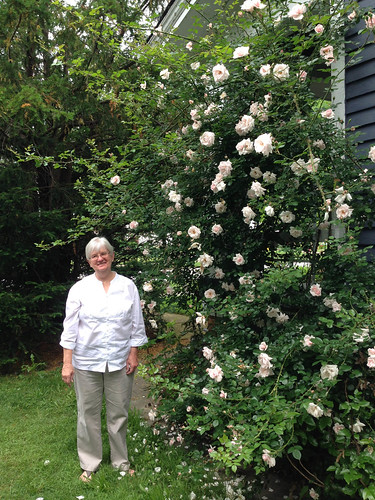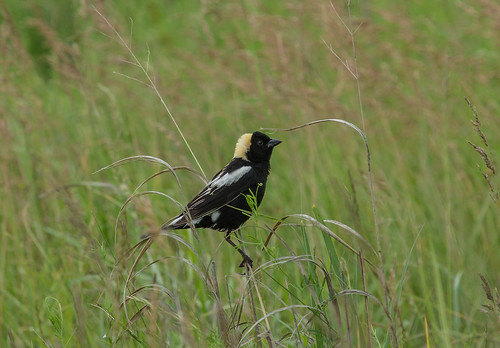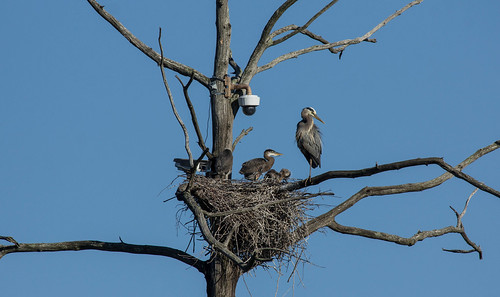On June 15, 1881, an amateur ornithologist named Eugene P. Bicknell noticed what looked and sounded like a Gray-cheeked Thrush singing near the summit of Slide Mountain in New York’s Catskill range, way, way south of the Gray-cheeked Thrush’s breeding range on the tundra. So he did what bird aficionados were wont to do at the time—he shot that bird and another one to compare the two little corpses with other dead thrushes in his collection. That made him certain that they were Gray-cheeked Thrushes, though because of some differences in appearance and their song, and because they were so far from the normal breeding range of the species, he thought they might be a different subspecies. To confirm this, he sent them and the rest of his Gray-cheeked Thrush specimens to Robert Ridgway at the Smithsonian Institution in Washington, D.C. Ridgeway agreed that the New York birds were a previously undiscovered subspecies of Gray-cheeked Thrush, and named the population for Bicknell.
Other ornithologists were intrigued with this isolated population and started studying it. The breeding and wintering ranges were entirely different for the two populations—The Gray-cheeked Thrush nests in taiga and tundra habitat from Newfoundland to eastern Siberia and winters in eastern South America while Bicknell’s Thrush nests in mountains of eastern New York and New England up to southeastern Canada, and winters in the Greater Antilles, especially on Hispaniola. Further research established that significant differences in body structure, DNA, and song between the two populations were great enough to list them as separate species, and the American Ornithologists Union officially separated Bicknell’s Thrush into a separate species in 1995.
Bicknell’s Thrush is unique among the thrushes for having a mating system called female-defense polygynandry, in which both males and females may breed with more than one partner, but most often—that is, in about 75% of all nests—one female and her nestlings are attended by 2-4 males. Males sing from a variety of posts within their home range, but don’t defend a territory. It’s females who aggressively defend their nesting territory against other females. Males significantly outnumber females, though it’s not known if male hatchlings outnumber females or if there is different mortality and why. It’s possible that Gray-cheeked Thrushes also exhibit some of these quirks—their nesting grounds are so remote that few people have studied them in any detail, especially because up until 1995, people thought that Bicknell’s and Gray-cheeks were the same species, so believed that the information gathered for Bicknell’s Thrush applied to Gray-cheeked Thrush as well.
On June 17, I was lucky enough to hear and then get a good if fleeting look at Bicknell’s Thrush in New Hampshire. On 6 dates this June, the Mt. Washington Auto Road provided a van tour bringing people up to see this fascinating bird. I was a little surprised that the tour leader used recordings to draw in the bird. She said they’ve become habituated to the recordings and don’t always respond, but I find it terribly troubling that they use recordings at all just to gratify birders’ lust for the list. Bicknell’s Thrush is listed as vulnerable by the International Union for Conservation of Nature, and is considered one of the most rare, range-restricted breeding species in eastern North America, and its population is known to be declining, but because of the politically-influenced bureaucratic difficulties in listing even the most vulnerable birds for protections under the Endangered Species Act, it isn’t illegal to disturb Bicknell’s Thrush on private property, which the Auto Road is. It felt uncomfortably weird, though, just a week after going on a Kirtland’s Warbler tour in Michigan in which our wonderful guide worked hard to help us all see the bird without using any recordings at all, to encounter such a different philosophy in pursuing a bird equally worthy of every protection. It didn’t keep me from adding Bicknell’s Thrush to my lifelist, especially because we were hearing it before the recording was played, but that little tick on my lifelist will always seem a little troubling and tainted.
Mia Revels used recordings to bring in the Swainson’s Warbler I saw in southeastern Oklahoma during the Red Slough birding festival, but as the primary researcher studying the species in Oklahoma, she knew exactly where a bird would be, and played the song only briefly, anticipating based on her long experience where it would alight so we’d all get a look and then leave it alone. I feel vastly different about the judgments and techniques of the experts working tirelessly to study and conserve a species than I do about a for-profit company whose only interest in a species is the money they’ll get from showing it to people.
I’ve personally used recordings occasionally, and been with people who use them, to call in fairly common species in lightly-birded areas, though I do this very seldom and find the practice more and more unpalatable. The Mt. Washington Auto Road is well known among birders as a place to easily see Bicknell’s Thrush, and I’m sure too many people are using recordings as it is—this should not be done so cavalierly for profit. I know this is inconsistent and maybe unfair of me, but that’s my take.
